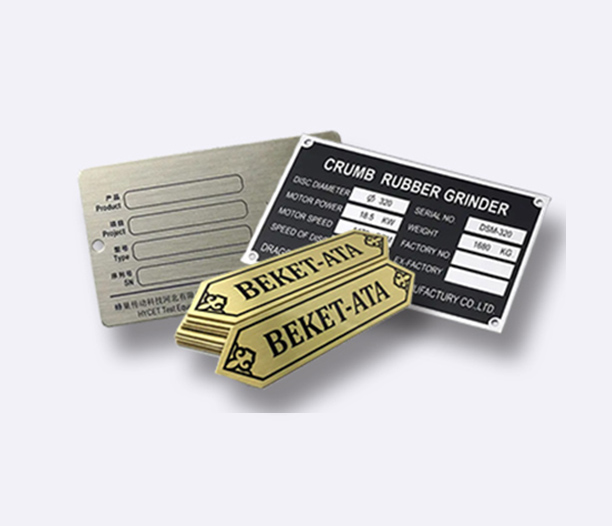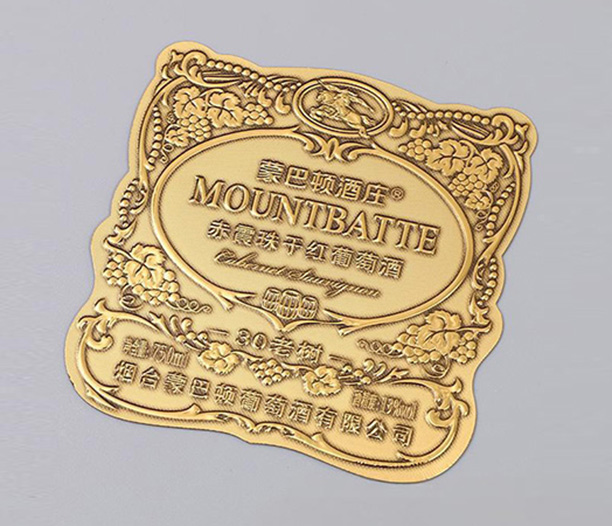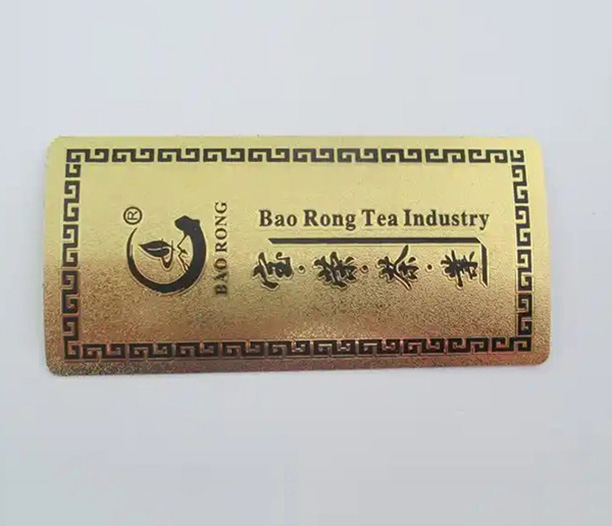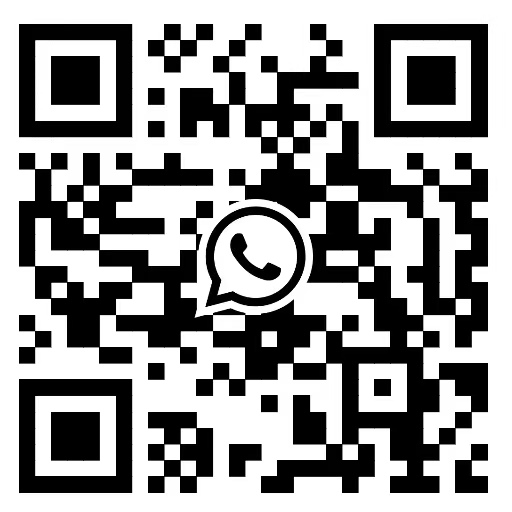Okay, let’s talk Engraved Metal Tags. You probably think of Fido’s collar ID, maybe military dog tags, or those cool personalized keychains. But what if I told you these little pieces of marked metal have a backstory crazier than a Netflix docudrama? Buckle up, because we’re diving deep into the surprisingly epic, often overlooked, and downright fascinating history of Engraved Metal Tags. Spoiler: It’s way more than just names on metal.
Forget Dog Tags: The Real OG Engraved Tags Were Ancient & All About Power
Way before Spot needed his address on a collar, ancient civilizations were rocking Engraved Metal Tags for serious business. Think thousands of years BC:
- Seal the Deal (Literally): In Mesopotamia and Egypt, intricate engraved metal seals (often cylinder seals or stamp seals) were the ultimate power move. Pressed into clay or wax, these Engraved Metal Tags authenticated documents, marked ownership of goods (like jars of grain or wine), and served as signatures for the elite. Your fancy wax seal stamp? A direct descendant!
- Divine Connections & Pilgrim Badges: Fast forward to Medieval Europe. Pilgrims trekking to holy sites (like Canterbury or Santiago de Compostela) would buy cheap, mass-produced Engraved Metal Tags – often pewter or lead alloy – as souvenirs and proofs of pilgrimage. These badges, often depicting saints or symbols, were pinned to hats or cloaks. Part spiritual souvenir, part "I was there" flex.
- Property & Livestock Marking: Since practically forever, farmers and herders needed to identify their animals and tools. Simple engraved metal plates or tags, attached to collars or tack, or even branded onto tools, shouted "This is MINE!" long before barcodes. Durability was key – rain or shine, that metal tag held the claim.
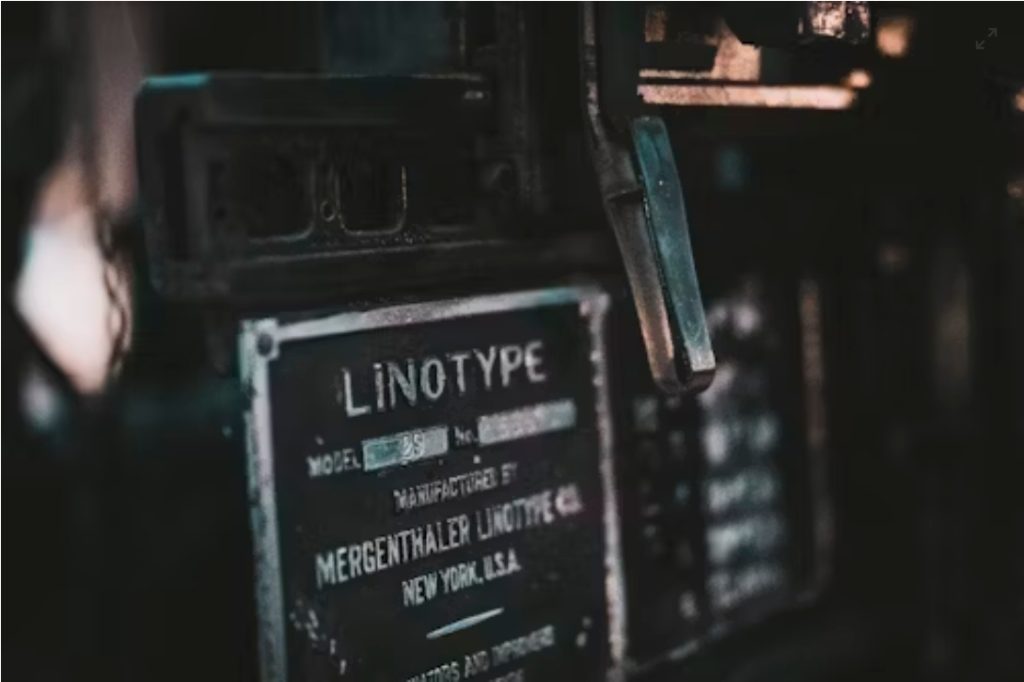
Military Might: How War Truly Catapulted Engraved Metal Tags into the Spotlight (But Not When You Think!)
Okay, yes, military ID tags are iconic. But the story isn't as straightforward as "Army invented them."
- Civil War Ingenuity (and Macabre Necessity): While not universally issued, many American Civil War soldiers took matters into their own hands. Fearing burial in an unmarked grave, they crafted crude Engraved Metal Tags from coins, bits of lead, or scrap metal. They’d etch their name and unit, pinning them inside uniforms or hanging them around their necks. The U.S. government didn’t officially issue tags until after the Spanish-American War (early 1900s), recognizing the horrific challenge of identifying mass casualties. The term "dog tag"? Likely borrowed from the literal tags on hunting dogs!
- World Wars & Standardization: WWI saw the first official, mass-issued Engraved Metal Tags for U.S. troops – typically two identical round aluminum discs on a cord. WWII refined it: two oval tags (stainless steel or corrosion-resistant alloy), one to stay with the body, one for the record. The information became standardized: Name, Serial Number, Blood Type, Religion (often just "P" for Protestant, "C" for Catholic). This era cemented the Engraved Metal Tag as a non-negotiable piece of military kit worldwide. The efficiency of stamping machines during wartime also massively advanced mass-production techniques for these tags.
The Industrial Revolution: When Engraved Metal Tags Became the Machines' Voice
While soldiers wore tags, the real explosion of Engraved Metal Tags happened on the factory floor and the railroad track. The Industrial Revolution demanded organization on an unprecedented scale.
- Taming the Machine Beast: Complex machinery needed maintenance schedules, safety warnings, and operational instructions. Durable Engraved Metal Tags became the perfect solution. Resistant to oil, heat, and grime, they were permanently affixed to machines, bearing critical info: model numbers, serial numbers, voltage warnings, lubrication points, and manufacturer details. Think of those plates on your furnace or washing machine – direct descendants!
- Railroads: Riding the Rails of Identification: Railroads were huge drivers. Every single car and locomotive needed unique, permanent identification for tracking, maintenance, and billing. Heavy-duty Engraved Metal Tags, often made of brass or steel, were riveted onto rolling stock. They bore car numbers, weight capacities, ownership marks, and build dates. This system was foundational for modern logistics and asset tracking. The durability and permanence of engraved metal were unmatched for this critical infrastructure.
- Asset Tracking Gets Serious: Beyond railroads, factories, utilities, and municipalities adopted Engraved Metal Tags to track everything: electrical panels, valves, pipes, tools, and inventory. The "utility tag" was born – a workhorse of industry, often featuring pre-printed fields filled in with stamped or engraved specifics.
Beyond Stamping: The Tech Revolution of Engraving Methods
Early Engraved Metal Tags relied on hand engraving (slow, expensive) or basic stamping (functional but limited in detail). The 20th century changed everything:
- Pantograph Power: Enter the pantograph engraver (early-to-mid 20th century). Think of it like a mechanical tracing arm. An operator would trace a template (like large letters), and a cutting tool would simultaneously replicate the movement, scaled down, onto the metal tag. This allowed for more consistent, detailed, and faster production than pure hand engraving, making custom Engraved Metal Tags more accessible.
- Dot Peening Makes its Mark: Particularly for industrial applications, dot peening (or pin stamping) emerged. This uses a rapidly vibrating stylus to make a series of dots forming text and shapes. It’s incredibly durable and fast, perfect for high-volume industrial ID plates and asset tags. You see this everywhere – VIN plates on cars, equipment serial plates. It’s a rugged workhorse method for creating Engraved Metal Tags.
- The Laser Revolution (Game Changer!): Starting in the latter part of the 20th century and exploding in the 21st, laser engraving transformed the possibilities. A highly focused laser beam vaporizes or discolors the metal surface with incredible precision. This allows for:Microscopic detail and complex graphics/logos.Photographic images (converted to grayscale).Smooth, burr-free finishes.Speed and automation for mass customization.Working on almost any metal without physical contact.Laser tech made highly personalized, intricate Engraved Metal Tags affordable and accessible for everyone, fueling the modern gift and personalization boom.
The Unexpected Niche: Engraved Metal Tags in Science & Espionage
Here’s where it gets really cool (and maybe a little spy thriller-esque):
- Lab Life & Specimen Tracking: In laboratories, precision is everything. Engraved Metal Tags (often stainless steel for corrosion resistance and sterilizability) are used to permanently mark sample containers, equipment, and instruments. They withstand autoclaves, harsh chemicals, and extreme temperatures, ensuring critical data doesn’t fade or wash off. Think test tubes in a genetics lab or components inside a particle accelerator.
- Classified Gear & Covert Ops: While plastic tags can be tampered with or destroyed, a small, durable Engraved Metal Tag hidden inside equipment or on a key piece of gear can provide verifiable identification or authentication under extreme conditions. Their resilience makes them ideal for marking sensitive or classified equipment where permanence and tamper-resistance are paramount. (No, I don’t have specific examples... they’re classified! But the principle is sound.)
From Utility to Ubiquity: The Personalization Boom
The late 20th and 21st centuries saw a massive cultural shift. Engraved Metal Tags broke free from purely functional roles:
- Pet Tags Evolve: Beyond basic aluminum ID tags, premium stainless steel, brass, and even shaped Engraved Metal Tags became popular for pets. People wanted durability and style for their furry family members.
- Jewelry & Fashion Finds Metal: Designers incorporated small Engraved Metal Tags into necklaces, bracelets, and charms. Engraving names, dates, coordinates, or meaningful symbols transformed simple metal pieces into deeply personal keepsakes. The "dog tag style" necklace became a mainstream fashion staple.
- The "Maker" Movement & Custom Everything: The rise of e-commerce platforms like Etsy, combined with accessible laser engraving technology, empowered small businesses and individuals to offer endless custom Engraved Metal Tags. Keychains, luggage tags, bag charms, garden markers, tool identifiers – the market exploded with personalized possibilities.
- Branding & Premium Packaging: High-end brands began using custom Engraved Metal Tags as hang tags on luxury goods (like leather bags or apparel), adding a tangible sense of quality, heritage, and exclusivity. It signaled that the product itself was built to last.
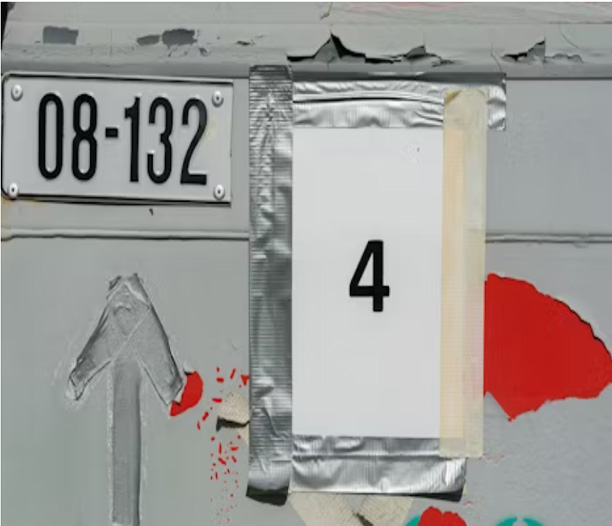
Why This History Matters Today (More Than Ever!)
Understanding the wild journey of Engraved Metal Tags isn't just trivia. It explains why they remain so powerful and relevant:
- Enduring Legacy of Durability: From ancient property marks to surviving battlefields and factory floors, the core value of Engraved Metal Tags is their permanence. In a disposable world, they offer something lasting. That matters for IDs, asset tracking, and sentimental gifts.
- Technology Enables Emotion: Advances like laser engraving didn't just make tags cheaper; they unlocked incredible potential for personal expression. What was once purely utilitarian is now deeply emotional.
- Versatility is Hardwired: Their history proves adaptability. Engraved Metal Tags have seamlessly transitioned from marking sacred pilgrimages to securing military identities, taming industrial complexity, and now, expressing individual love and style. This inherent flexibility ensures they’ll keep finding new uses.
- Tangibility Trumps Digital: In an increasingly digital age, the physical weight, feel, and permanence of an Engraved Metal Tag carries unique significance. It’s a real object with history embedded in its very form.
The Next Chapter: What's Etched on the Horizon?
The history of Engraved Metal Tags is still being written! What’s next?
- Material Innovations: New alloys, composites, and even sustainable/recycled metals offer fresh aesthetics and properties.
- Smart Tags Integration: Could NFC or RFID chips be seamlessly embedded within traditional Engraved Metal Tags, linking the physical permanence of engraving with digital data? (Think: a pet tag that directs to an online profile, or an heirloom tag storing a digital message).
- AI-Powered Design: Making complex customization even easier and more intuitive.
- Hyper-Personalization: Blending engraving with other techniques like enameling or 3D metal printing for truly one-of-a-kind pieces.
So, next time you hold an Engraved Metal Tag – whether it’s on your keys, your dog’s collar, a piece of machinery, or a sentimental gift – remember: You’re holding an object forged by millennia of human ingenuity. It’s been a seal of power, a soldier’s identity, a machine’s manual, a pilgrim’s proof, a scientist’s record, and now, a token of your personal story. That little piece of marked metal carries way more history than you ever imagined! Pretty cool, huh?



